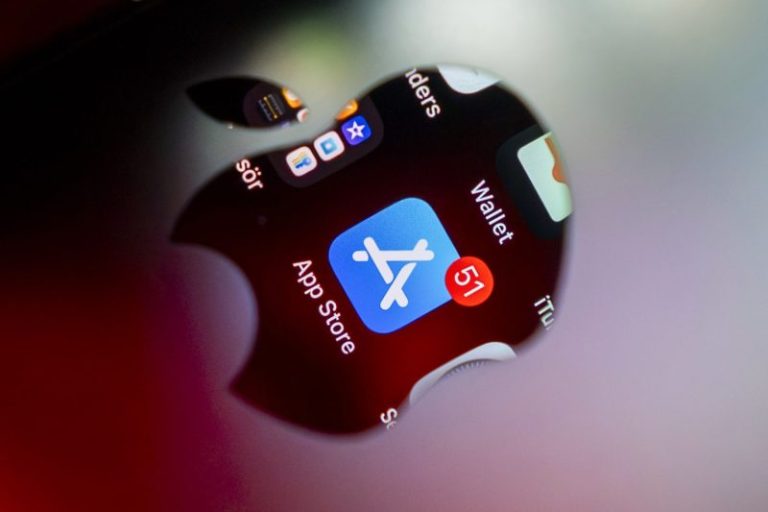Constellation Brands on Tuesday reported quarterly earnings and revenue that missed analysts’ estimates as beer demand slid and tariffs on aluminum weighed on its profitability.
Still, the brewer reiterated its forecast for fiscal 2026, showing confidence that it can hit its financial targets despite the weaker-than-expected quarterly performance and higher duties.
Shares of the company fell less than 1% in extended trading on Tuesday evening but rose 3% during morning trading on Wednesday after the company’s conference call.
The stock has shed more than 20% of its value this year, fueled by concerns about how the higher duties imposed by President Donald Trump would affect demand for its beer.
Here’s what the company reported compared with what Wall Street was expecting, based on a survey of analysts by LSEG:
The report, which covers the three months ended May 31, includes the start of Trump’s tariffs on canned beer imports in early April. He also hiked trade duties on aluminum to 25% in mid-March and to 50% in early June.
Both imported beer and aluminum are crucial to Constellation’s beer business, which accounts for roughly 80% of the company’s overall revenue. Constellation’s beer portfolio only includes Mexican imports, like Corona, Pacifico and Modelo Especial, which overtook Bud Light as the top-selling beer brand in the U.S. two years ago.
Constellation reported fiscal first-quarter net income of $516.1 million, or $2.90 per share, down from $877 million, or $4.78 per share, a year earlier. Constellation’s operating margin fell 150 basis points, or 1.5%, in the quarter, in part driven by higher aluminum costs.
Excluding items, the brewer earned $3.22 per share.
Net sales dropped 5.8% to $2.52 billion, fueled by weaker demand for its beer and the company’s divestiture of Svedka vodka.
Constellation is still facing softer consumer demand, CEO Bill Newlands said in a statement. He attributed the weaker sales to “non-structural socioeconomic factors.” Constellation’s beer business saw shipment volumes fall 3.3%, caused by weaker consumer demand.
Last quarter, Newlands said Hispanic consumers were buying less of the company’s beer because of fears over Trump’s immigration policy. Roughly half of Constellation’s beer sales come from Hispanic consumers, according to the company.
But on Wednesday, Newlands demurred when asked about Hispanic consumer sentiment, saying that all shoppers are concerned about higher prices.
“When you see a fair amount of change, both Hispanic and non-Hispanic consumers are concerned about inflation and about cost structure,” Newlands said.
He added that consumers aren’t going out to eat as much and hosting fewer social occasions, which means they are drinking less beer. Still, he maintained that consumer interest in drinking beer hasn’t waned; while shoppers’ overall spending on beer has fallen, their relative spend on beer compared with their total grocery bill has held steady.
For fiscal 2026, Constellation continues to expect comparable earnings per share of $12.60 to $12.90. The company is projecting that organic net sales will range from declining 2% to rising 1%.










